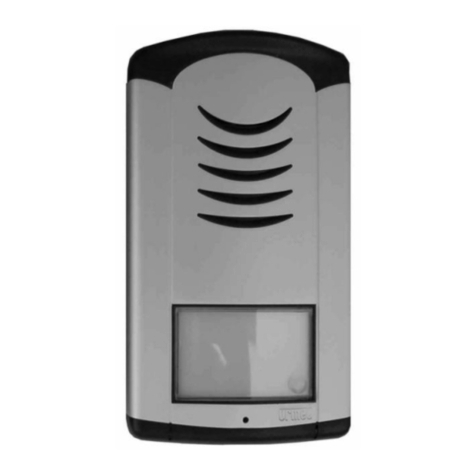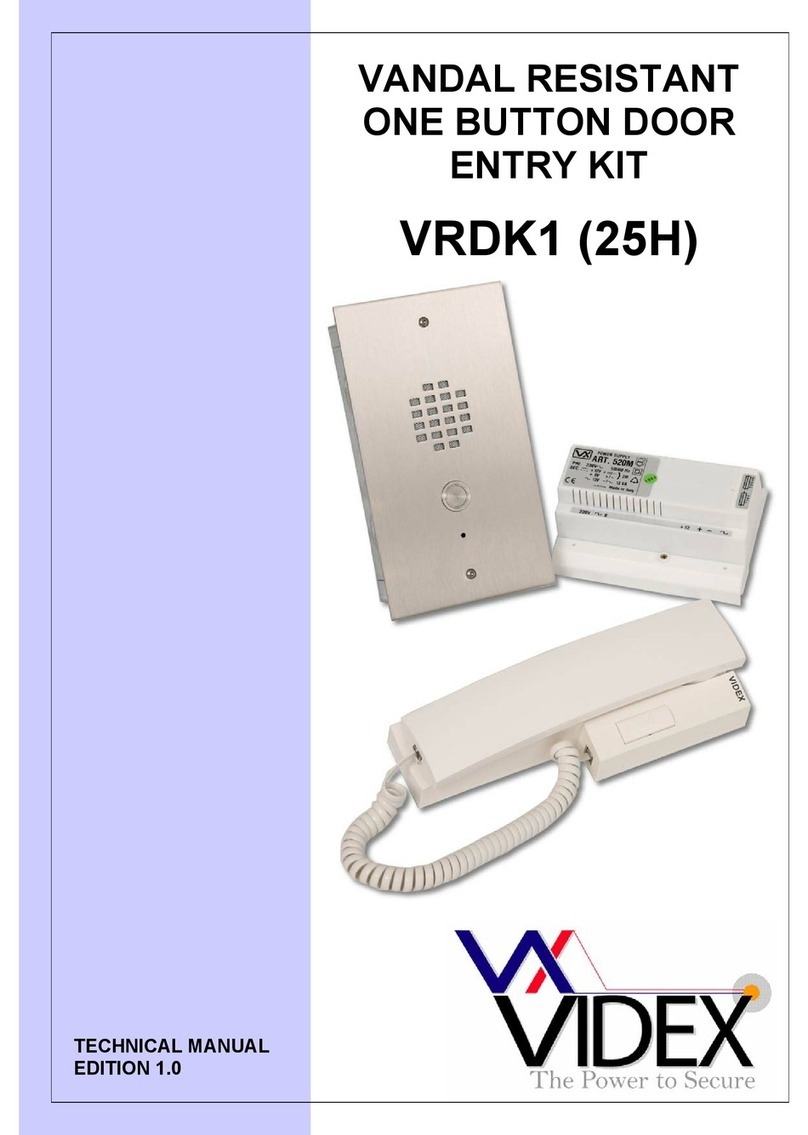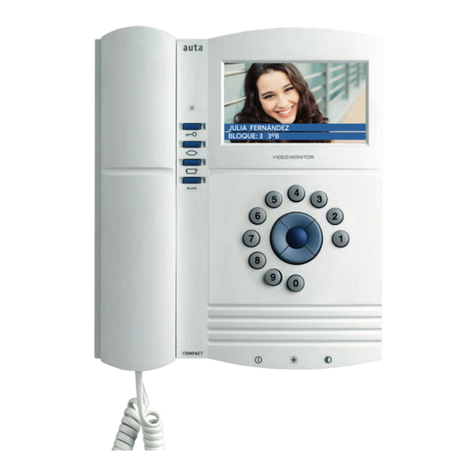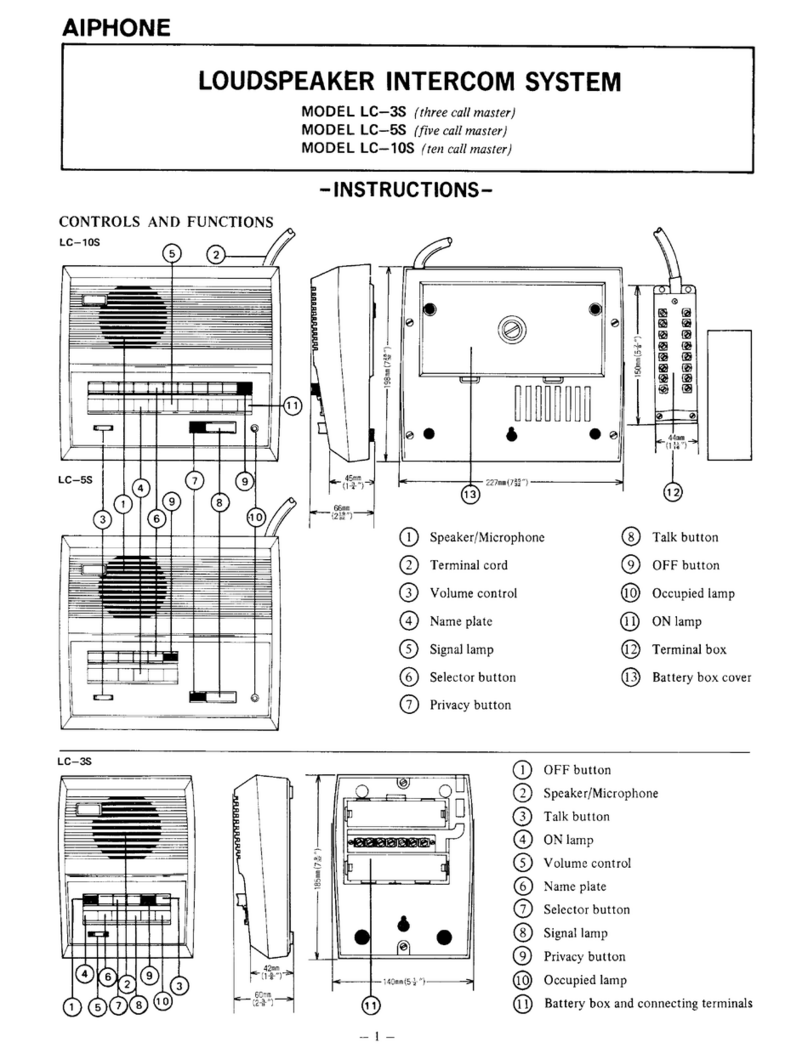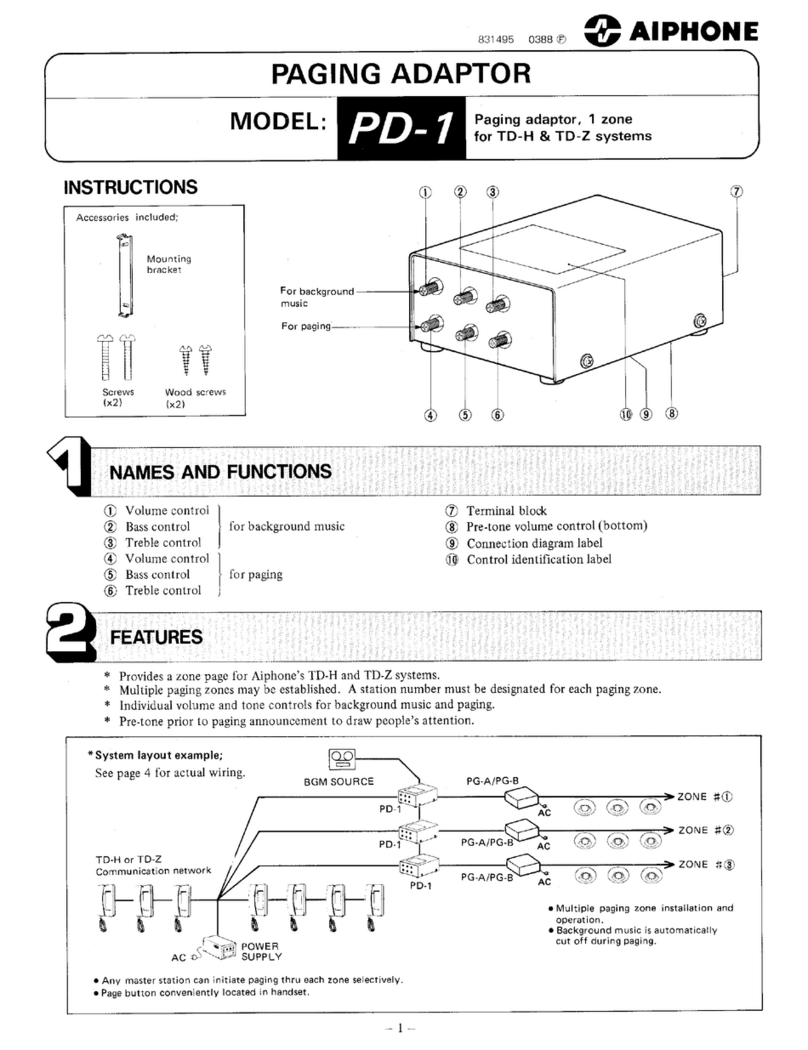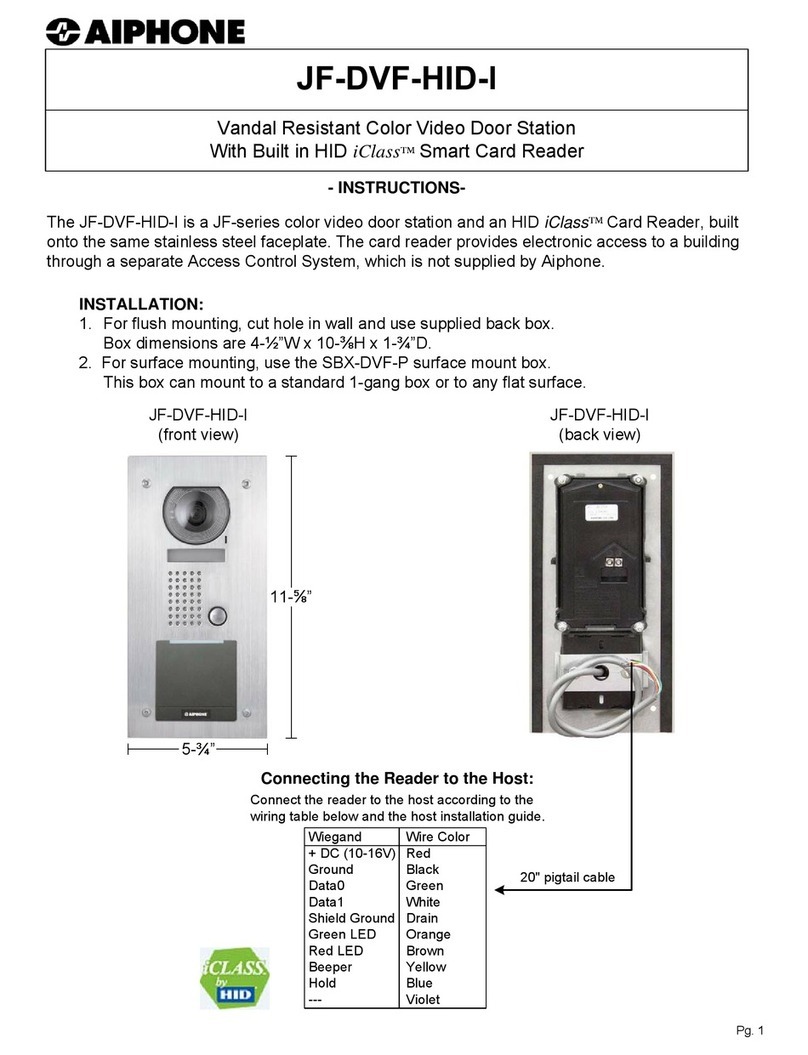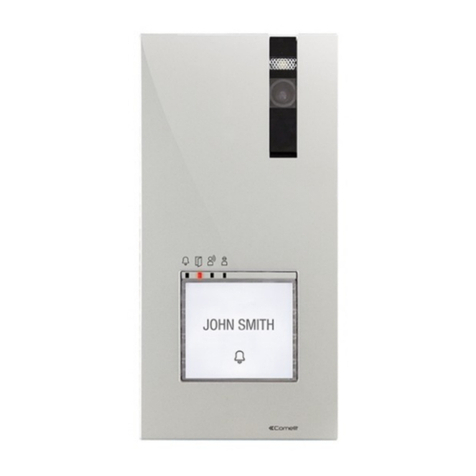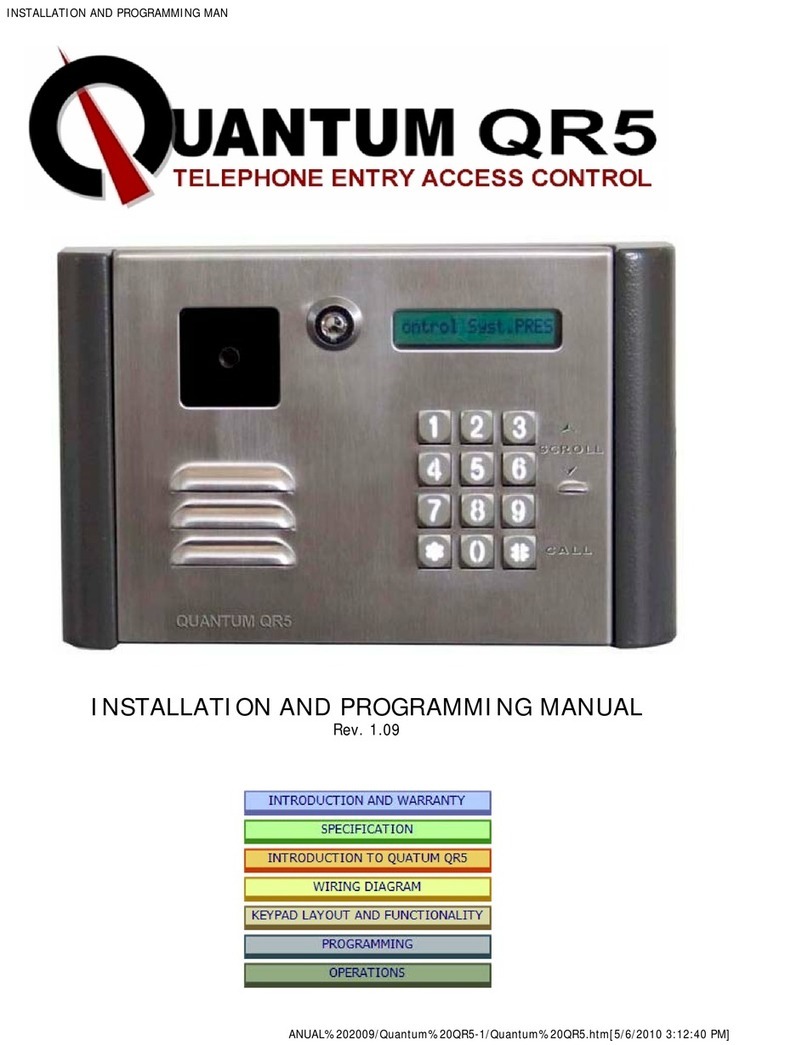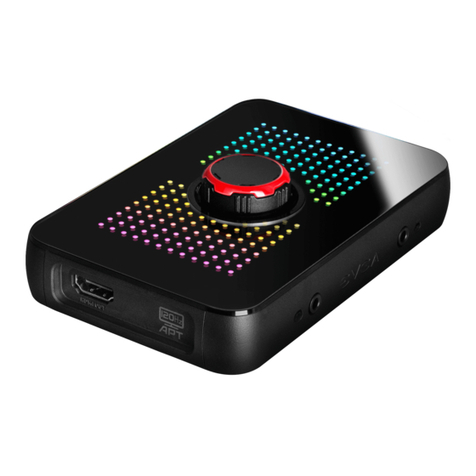Alphatech IP-VarioBell User manual
Other Alphatech Intercom System manuals
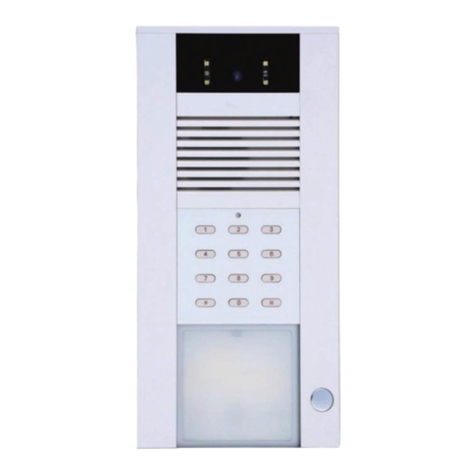
Alphatech
Alphatech IP BOLD 65 User manual
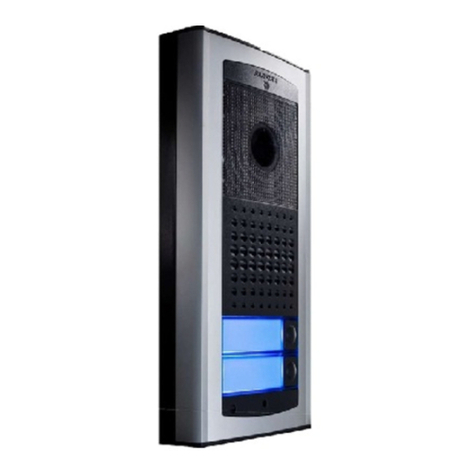
Alphatech
Alphatech IP Bell User manual
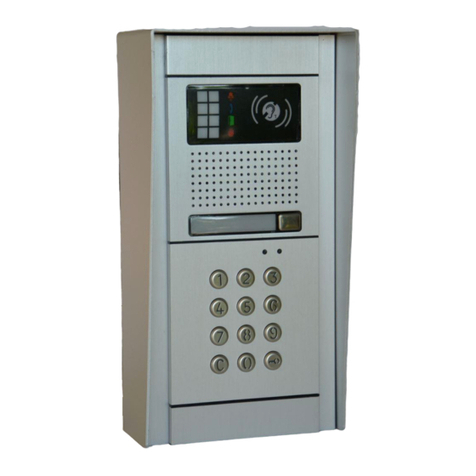
Alphatech
Alphatech A-VarioBell Troubleshooting guide
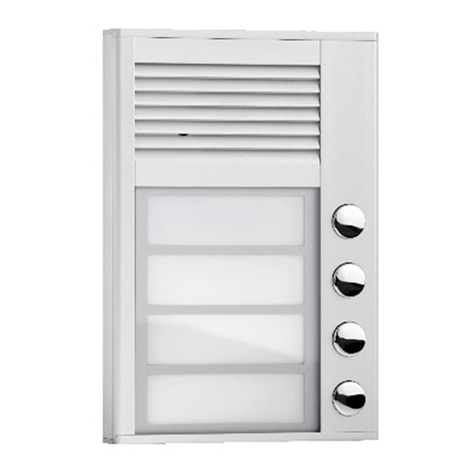
Alphatech
Alphatech SlimDoorPhone - 01 User manual
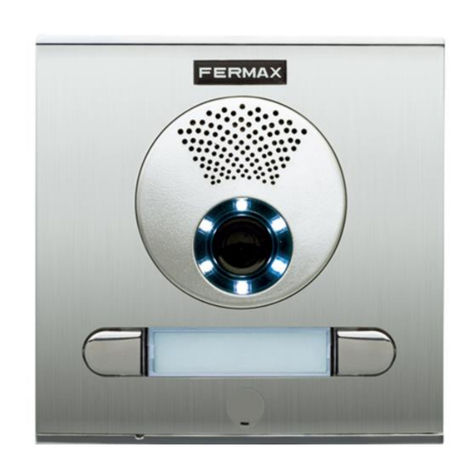
Alphatech
Alphatech Fermax Cityline v2 User manual
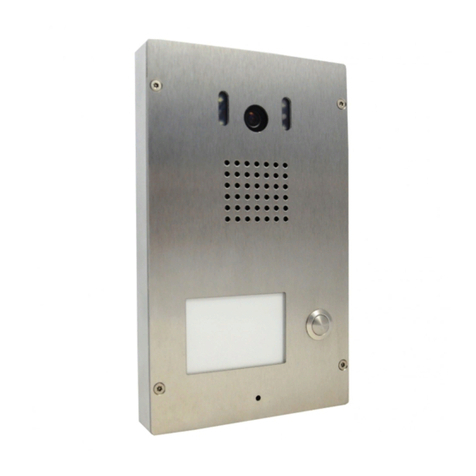
Alphatech
Alphatech IP BOLD65 series User manual
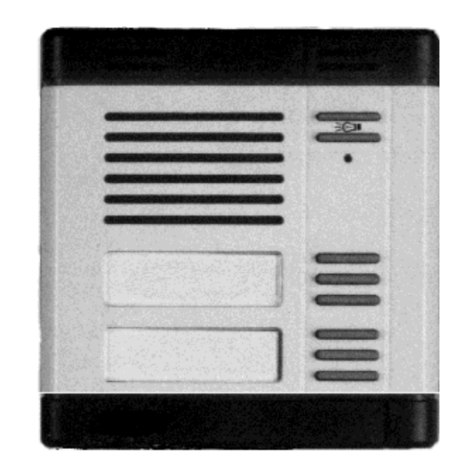
Alphatech
Alphatech FTZ123-D12 User manual
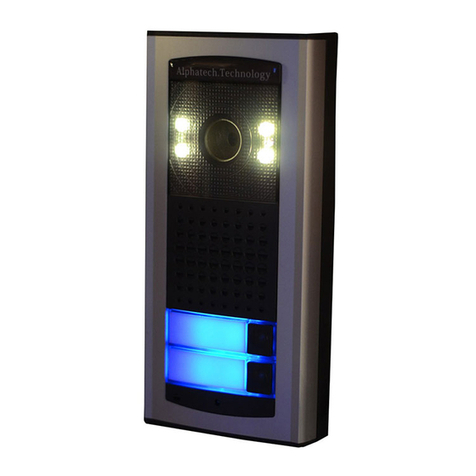
Alphatech
Alphatech A-Bell-C Troubleshooting guide
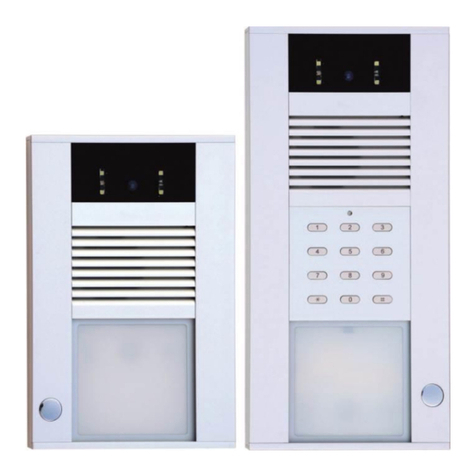
Alphatech
Alphatech IP Bold series Installation instructions
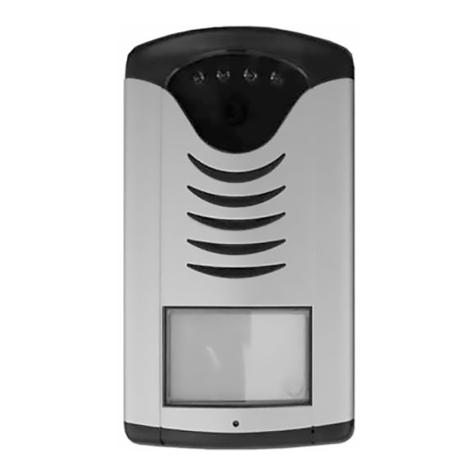
Alphatech
Alphatech Slim IPDP - 01 User manual
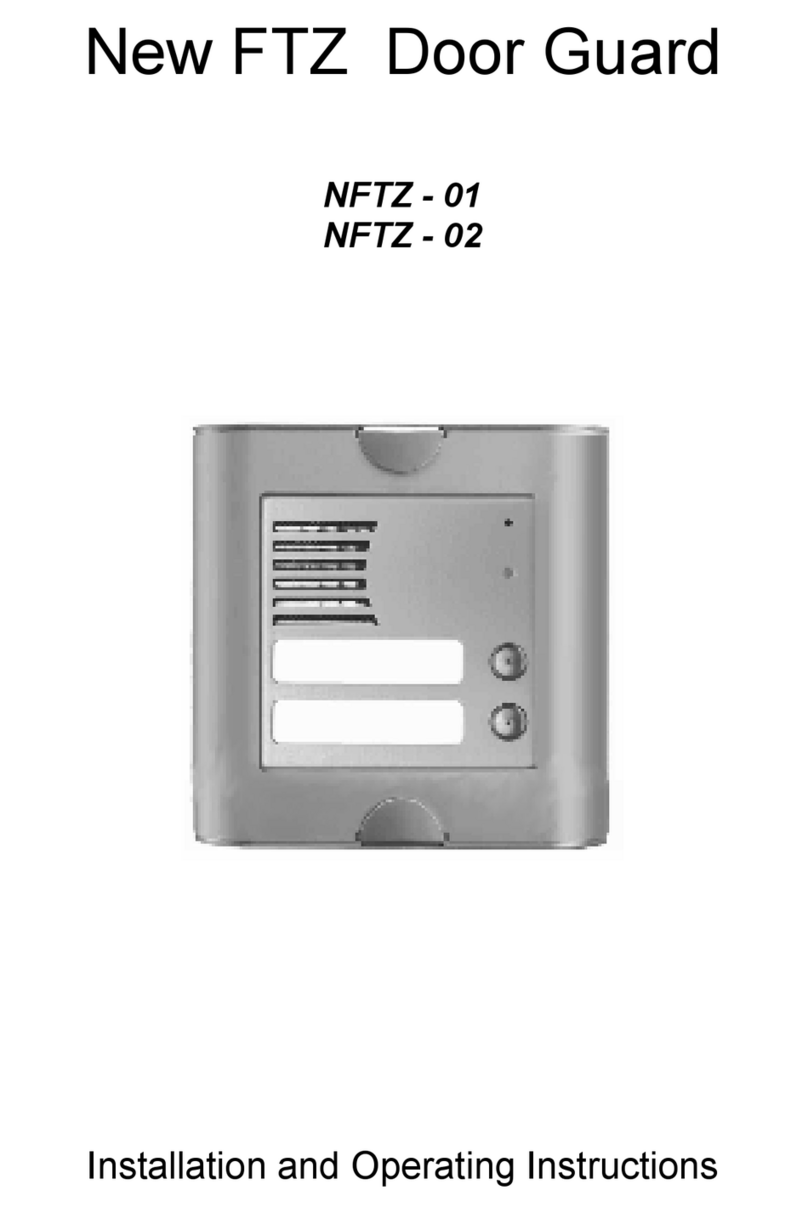
Alphatech
Alphatech NFTZ - 01 User manual
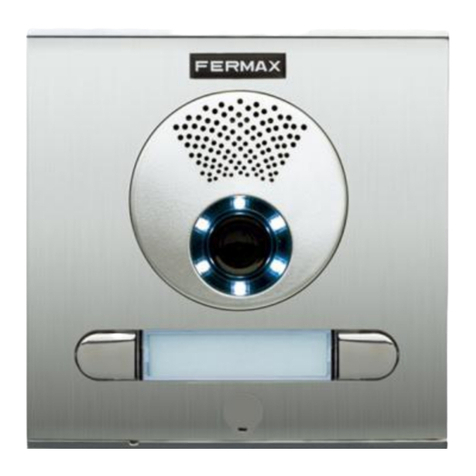
Alphatech
Alphatech Fermax PBX EXP Manual
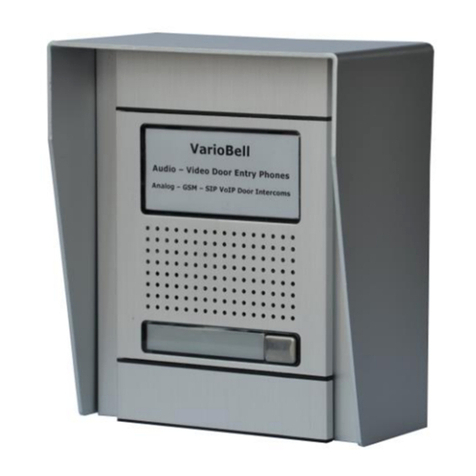
Alphatech
Alphatech IP-VarioBell IPVB-01 User manual
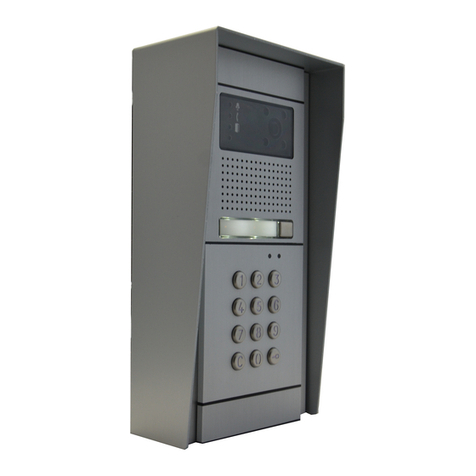
Alphatech
Alphatech GSM-Variobell User manual
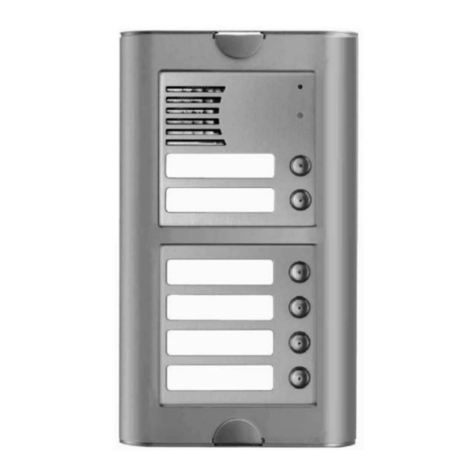
Alphatech
Alphatech NUDV-00 Installation instructions

Alphatech
Alphatech NUDV-01 User manual

Alphatech
Alphatech Slim IPDP - 01 User manual
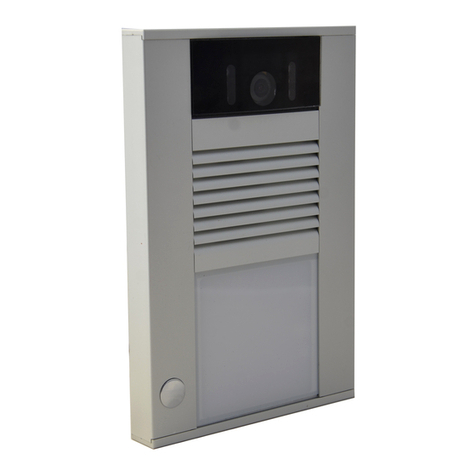
Alphatech
Alphatech IP BOLD HW Guide
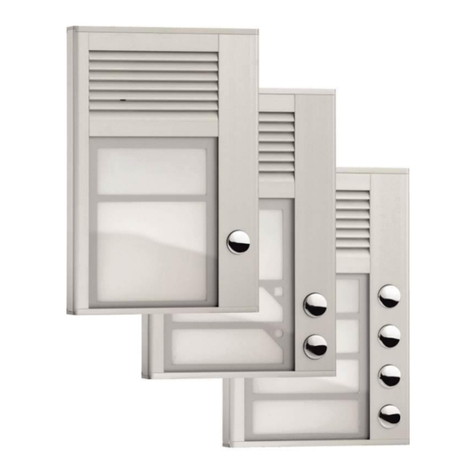
Alphatech
Alphatech Brave series Troubleshooting guide
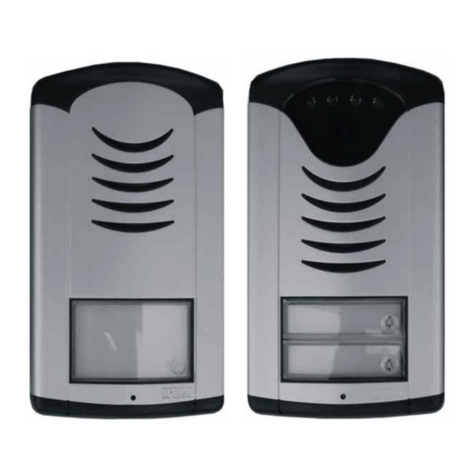
Alphatech
Alphatech Brave Smyle-C User manual
Popular Intercom System manuals by other brands
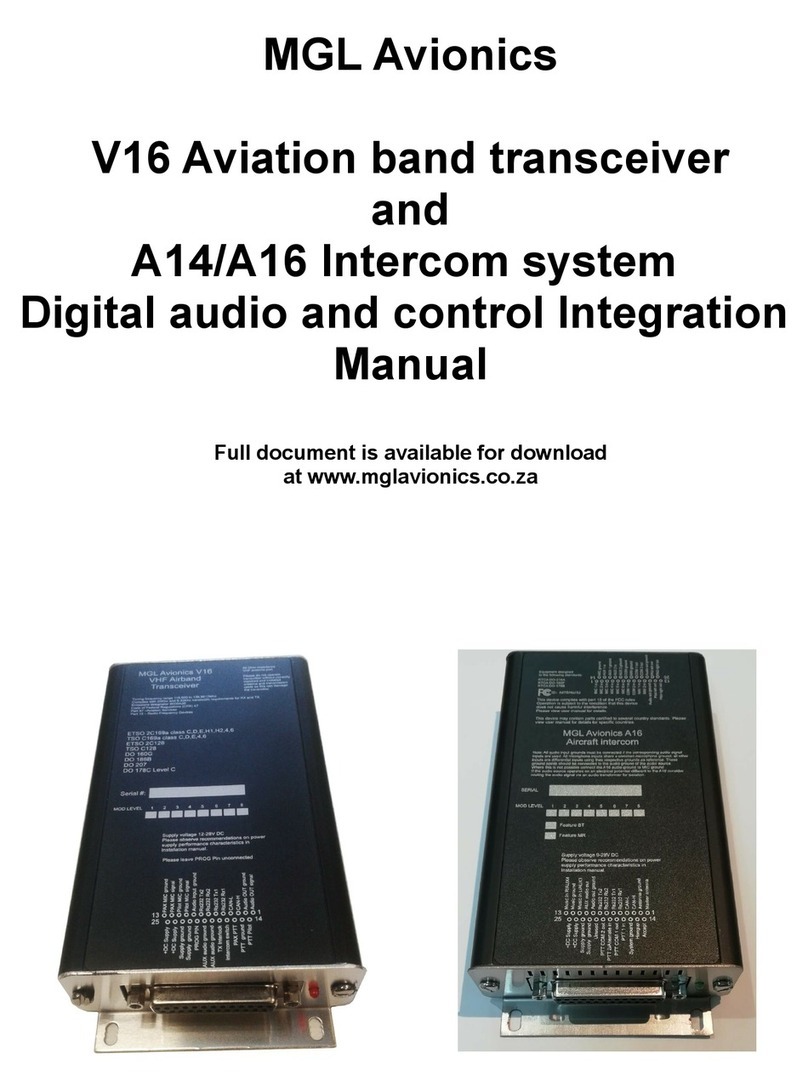
MGL Avionics
MGL Avionics V16 manual

SSS Siedle
SSS Siedle BVI 750-0 Installation & programming
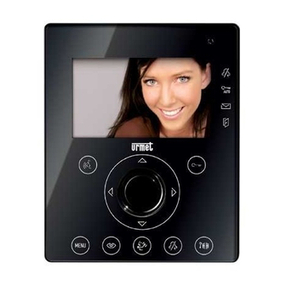
urmet domus
urmet domus AIKO 1716/1 quick start guide

urmet domus
urmet domus IPerVoice 1039 Installation
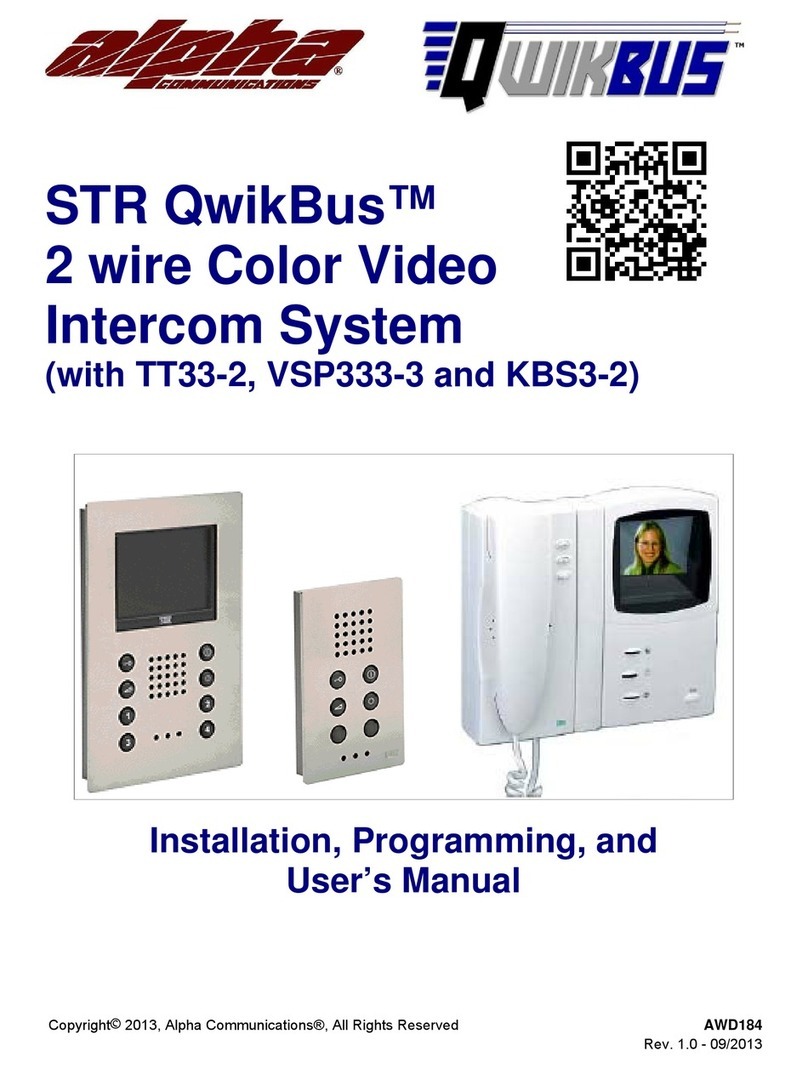
Alpha Communications
Alpha Communications STR QwikBus TT33-2 Installation, programming, and user's manual

Monacor
Monacor ICM-20H instruction manual
